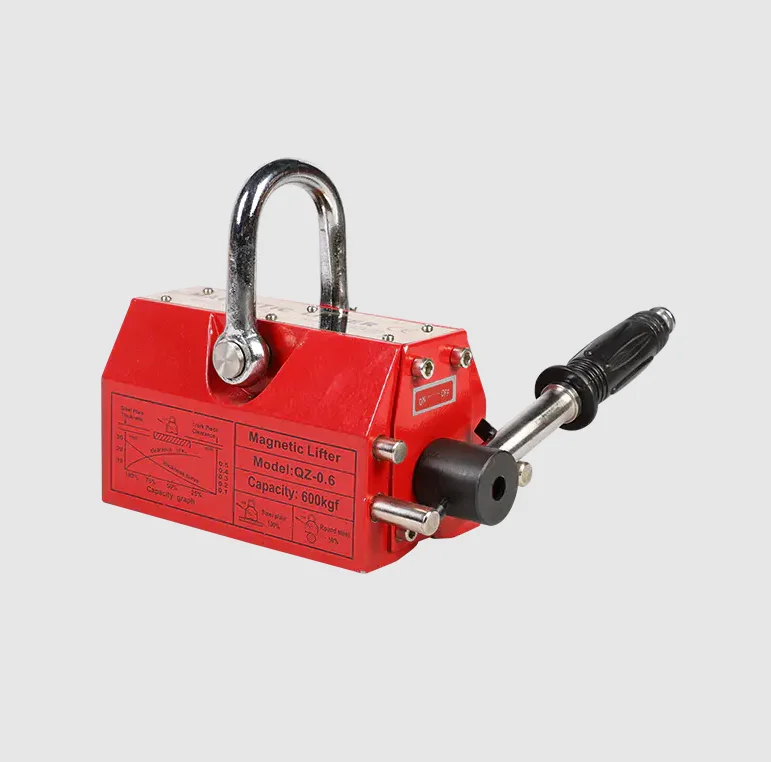Temperature Effects on Magnetic Lifters
Permanent Magnetic Lifter devices are widely used for lifting ferromagnetic materials without an external power source. While their mechanical design is robust, environmental temperature can significantly influence magnetic performance. Both high and low temperatures affect the magnetic field strength, material properties, and overall stability, making it important to evaluate how these devices perform under extreme conditions.
High-Temperature Performance
At elevated temperatures, the magnetic strength of permanent magnets may decrease due to thermal agitation. Excessive heat can temporarily reduce the lifting capacity of a Permanent Magnetic Lifter, and prolonged exposure may cause irreversible changes in magnetization if the temperature exceeds the Curie point. High-quality lifters are often designed with heat-resistant materials and magnets that tolerate higher operating temperatures, ensuring consistent performance in industrial processes involving hot steel or elevated ambient temperatures.
Low-Temperature Performance
Cold environments can also affect the behavior of a Permanent Magnetic Lifter. While permanent magnets generally retain magnetism at low temperatures, extreme cold can make certain components, such as plastics or rubber parts in the lifter mechanism, brittle. Mechanical failures or reduced flexibility may compromise safe handling. Using materials designed for low-temperature applications ensures that the lifter operates reliably even in freezing conditions or outdoor winter environments.
Material Selection and Design Considerations
Manufacturers enhance temperature stability through careful material selection. Magnets with higher temperature ratings, corrosion-resistant metals, and lubricants suitable for wide temperature ranges contribute to maintaining both magnetic and mechanical performance. Structural designs that allow slight thermal expansion or contraction further prevent deformation, ensuring that the lifter remains safe and effective across temperature extremes.
Practical Recommendations for Users
To ensure reliable operation, operators should consider the maximum and minimum environmental temperatures when selecting a Permanent Magnetic Lifter. Regular inspection for signs of wear or thermal stress, proper storage when not in use, and adherence to the manufacturer’s specified temperature range help maintain long-term performance. Users should also avoid sudden temperature shocks, such as moving the lifter from extreme heat to cold, which could affect both magnetism and mechanical integrity.
Maintaining Performance Across Temperature Extremes
In conclusion, Permanent Magnetic Lifter devices can maintain stable performance in high and low temperature environments when designed with appropriate magnets and materials. Understanding the effects of temperature on both magnetic strength and mechanical components allows operators to select suitable lifters for specific industrial applications. With proper use and maintenance, these lifters provide reliable and safe performance even under challenging environmental conditions.
An efficient material-handling device used for lifting and transporting ferrous metal loads. Operated without electricity, it uses a powerful internal magnet system to securely grip steel plates, blocks, and cylindrical items. The design ensures easy operation, safe handling, and minimal maintenance.







